Living, Breathing Habitat
The teeth in the Endangered Species Act is not the protection of a species itself but protection of its habitat. If a species can no longer find the plant or plant community it needs to survive, even our best efforts won’t save it. Habitat protection and creation are vital to the sustainability of any wildlife species.
Habitat, be it in the wild or a backyard, is essentially a holistic environment suitable for animal life. It is a three-dimensional space composed of a single, defining element: plants. For wildlife, plants serve diverse roles from protection to food and nesting materials.
A most common myopic approach to wildlife gardening focuses on a particular form, such as a butterfly. This one-dimensional view can cause unexpected results. Nectar-rich species as well as larval food plants draw butterflies and encourage them to reproduce. While this may seem desirable, it can lead to high populations of destructive butterfly larvae. Without birds to reduce these larval populations, there can be significant damage to other plants. This illustrates why encouraging customers to create a diverse, holistic habitat is far more successful in the long run than drawing in certain types of wildlife singularly. It ensures the proper balance of predator and prey and provides greater opportunity to sell wildlife-friendly plants.
Plant Communities
The botanical world is broken down into plant communities defined by dominant signature species. In field guides and floras of different states you will find these models defined and the plants revealed. This is the best way to learn the model of habitat gardens using plants native to the region naturally grouped together. From these come the plants most well recognized by local wildlife.
There are two ways to approach a habitat garden creation depending on the size and location of a project. Open suburban lots and rural properties should strive for habitats composed of locally native species. This eliminates the chance of inadvertently introducing invasives into surrounding wildlands.
These familiar food sources may support some very specific plant-to-animal relationships. A good example is yucca moth. Neither the yucca plant nor the moth is capable of reproducing independently of the other. Bush lupine is a vital habitat species for the endangered mission blue butterfly. Creating hand outs to highlight some of these fascinating connections between local plant and animal life can open up a whole new world to an interested customer.
For urban and high-density suburban communities, adding non-native species to the plant palette provides a much richer diet to wildlife in the lean seasons. It also gives the design a more versatile aesthetic in a variety of styles. The key is to assess the exotic plant for its habitat contribution potential. For example, Asian-origin pyracantha, flowering cherries and roses all have a great deal of beauty and food to offer. This mixed garden can draw from the world’s most attractive cultivated plants with their nectar-rich flowers, berries, seeds and nuts.
Building Layers
The key to success is thinking of the habitat garden as composed of layers. This helps customers understand why just one plant does not make a wildlife garden. You also have the opportunity to promote a vast range of seasonal color, unique forms and interesting textures to enhance the garden’s character. Stressing this layered approach improves sales through more numerous and diverse plant choices.
Canopy. The highest layer is the canopy, which is composed of evergreen and deciduous trees. The best choices are food plants offering spring flower nectar, fruits over summer and fall, and nuts into winter. Dense branching also provides for prolific nest building.
If a customer has a standing, dead tree that is not hazardous, be sure to mention its value to cavity-nesting birds. In England, it’s not uncommon to use these as a natural trellis for climbing roses and wisteria, so be prepared to promote vines such as native honeysuckle.
Understory. The understory layer is dominated by small trees, shrubs and vines. These exist beneath shade tree canopies in protected, filtered light. Understory species such as dogwood and flowering currant offer nutritionally rich beauty and visual interest to tree-shaded gardens.
Outside the tree canopy on the same layer are other shrubby plant communities such as chaparral. These thickets offer vital cover for small animals from predators. Shrubs are excellent for creating protective thickets, particularly at water sources where predators such as hawks or even house cats are common.
Ground-dwelling herbaceous plants provide valuable cover and fresh greens to many species. Collectively, the broadleaf species are known as forbs, which occur on the floor of hardwood and evergreen woodlands beneath the understory. Forbs include ferns, sedges, smaller perennials and annual wildflowers.
Forbs occur in conjunction with grassland plant communities, too, such as prairie and meadow. Purple coneflower, which offers nectar for bees and butterflies and autumn seed for birds, originates on the prairie. In drier settings, Asclepias tuberosa, a milkweed, is both a nectar producer and a larval food plant for butterflies.
Grasses. Do not underestimate the value of grasses. They offer easy beauty with habitat values in every season. Soft green sprouts feed hungry herbivores at winter’s end. Communities of grasses shelter whole populations of small animals and provide soft nesting materials. In late summer they produce an abundant crop of seed that lasts into winter. Their dense tussocks make well-insulated nesting sites underground.
Quenching The Thirst
The mantra of habitat is food-cover-water. The third item on this list is found among American wetlands, some of our most vital reproductive habitats. The traditional birdbath is not the best substitute for water holes, but water gardens are ideal and offer far greater potential for sales.
Water garden depths are less likely to overheat or evaporate in the summer, and they are large enough to contain water plants that offer an inviting habitat to dragonflies. A huge range of animals from birds to raccoons will be drawn to water. Be sure to include non-toxic mosquito dunks or mosquito fish to naturally control the pests that carry West Nile virus.
In the wild, predators hunt at dawn and dusk at water holes when prey species come to drink. It is also a place where youngsters are most vulnerable. Adequate cover in this area provides a sheltered place to approach the water and wait for a safe time to drink.
Providing The Information
Provide your customers with plant material and informational plant lists to help them zero in on the most vital habitat species. The National Resources Conservation Service, a division of the USDA, offers an excellent ready-to-copy, illustrated, six-page pdf you can download and print for customers. Entitled Wildlife Habitat, it is copyright free and professionally designed. You’ll find this freebie and other useful wildlife garden tip sheets at www.ncrs.usda.gov/feature/backyard.
Americans are more wildlife conscious than ever before. Most appreciate the value of birds as natural pest control that reduces pesticide use and helps protect the environment. The joy of observing birds, butterflies and other wild species encourages customers to remain avid gardeners. Only this holistic approach can transform every customer’s static garden into a living, breathing, four-season, three-dimensional habitat.

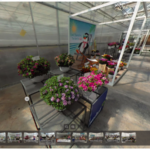


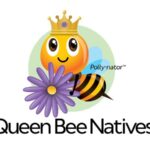

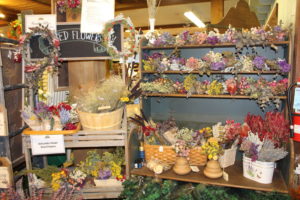
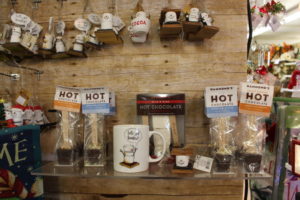
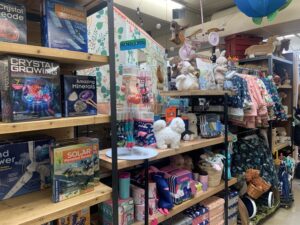
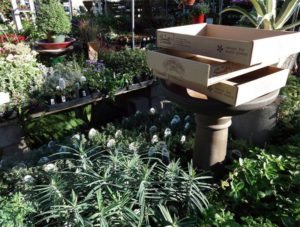
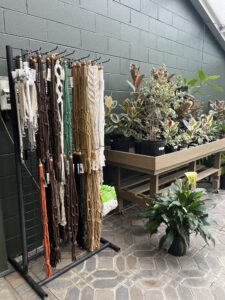
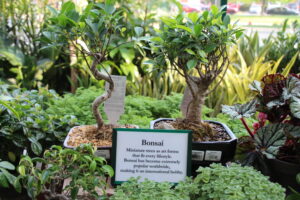
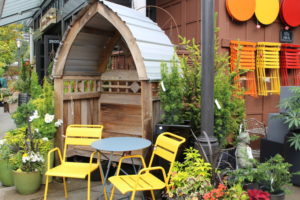
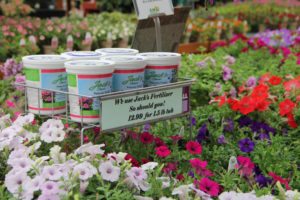
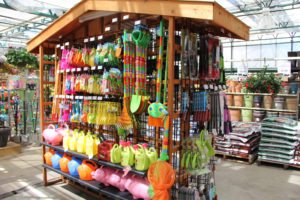
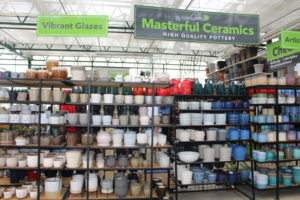
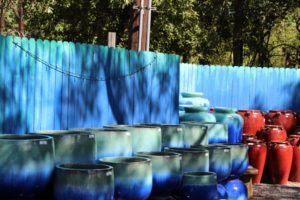
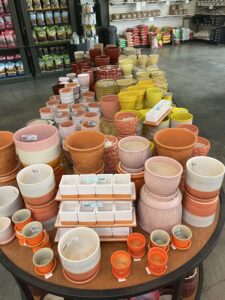
 Videos
Videos





